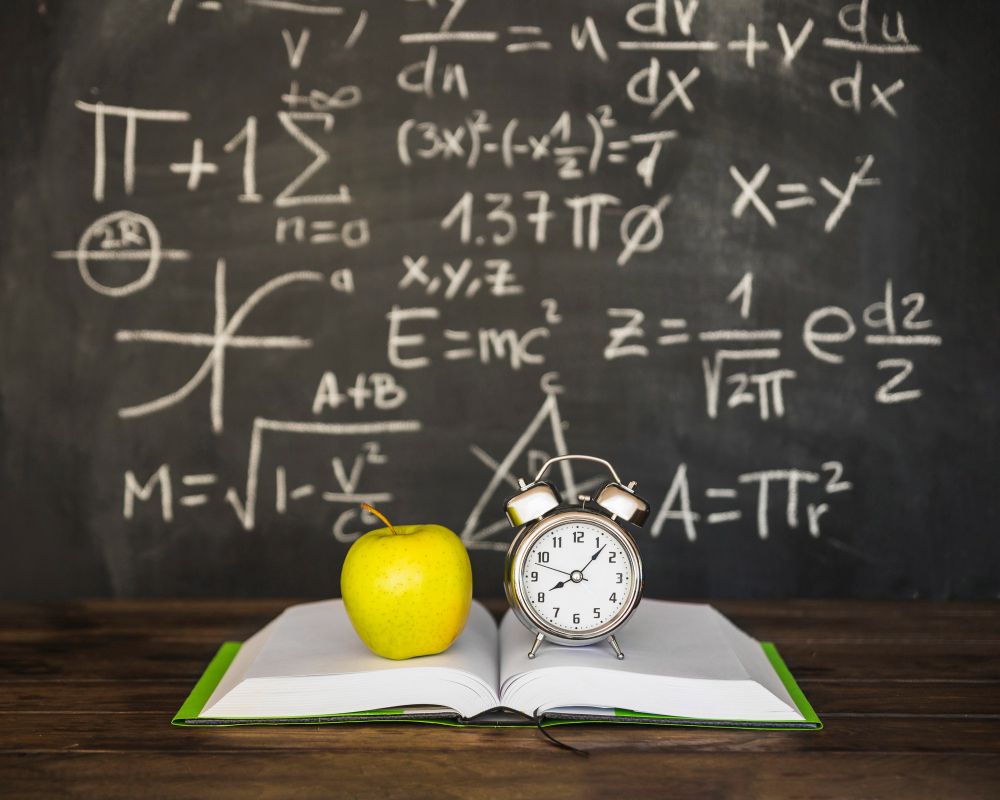Physics and mathematics can often be regarded as challenging by students, leading them to drop out of STEM fields and limit their options. This is further exemplified by research published in the Journal of Experimental Social Psychology, which found that many students are fed the notion that “it’s okay”—not everyone can be good at math, and similarly for physics!

However, research published by Clio Cresswell and Craig P. Speelman in 2020 and a study published in the International Journal of Physical Sciences has found that learning mathematics and physics at an early age can promote logical and critical thinking along with problem-solving skills. It can also help develop scientific thinking and enhance cognitive skills.
Interestingly, Purdue University research has found that this struggle is not due to a lack of ability but rather a negative attitude towards these subjects. Thus, regular practice and a deeper understanding of concepts in relation to real-world applications are key to mastering them. Physics and mathematics are both logic-focused and built with complex concepts and formulas that can be daunting for young children. However, with proper guidance and positive reinforcement, these subjects can be successfully mastered and become enjoyable.
So, here are four ways to make physics and math easy and interesting for children.
Help them master the basics
Children tend to ignore the basics of math and physics, as both subjects are abstract and require undivided attention. Having no solid grasp of the fundamentals can lead students to believe that they are difficult to master. So, teachers and parents should provide an opportunity for students to review the basics from time to time. They should encourage children to assimilate the fundamental concept rather than memorize it, so that children understand the underlying principle and the relationship between each concept. This will help them to enjoy solving problems and applying theories, and the
whole learning process will become a lot easier. Using mind maps is one of the most effective ways that can be employed to learn the fundamentals of any subject.
Use real-life applications
Children can understand the purpose and context of their learning when real-world examples are used. Teaching by illustrating real-life applications explicitly can excite students to learn the “why” and “how” behind the concepts. For instance, budgeting can be used to explain the concepts of addition and subtraction in math. Similarly, cooking and playing music can be taken as examples to explain energy, heat exchange, and acoustics. Similarly, the concept of light and its wavelengths and the phenomenon of dispersion in physics can be explained by making children curious about the formation of a rainbow. This way, children will learn and understand without having to mug up a lot of things, as they will find these examples relatable to everyday life.
Learn through experimentation and hands-on activities
Learning math and physics hands-on can engage students more effectively than merely reading from textbooks and listening to lectures. This will help students think outside the box and encourage them to explore and experiment with the concepts and resources. For instance, making a density column is a fun way to illustrate density. Put a variety of liquids in order of decreasing density, starting with the densest. Carefully pour a small amount of each into a tall glass or jar. This will create a vibrant stack of liquids at the end. Similarly, children can calculate the area of their room or measure ingredients as they bake their cake with elder siblings or parents to learn math!
Use technology
Technology can make learning more realistic and relevant because it helps visualize what one could only imagine. Utilizing online resources such as videos demonstrating the concepts of the formation of rainbows, etc., will provide opportunities for children to understand the actual process, which is at times hard for them to imagine, Educational games, simulations, and other technological tools such as age-appropriate videos and images will add value to children’s learning as they encourage them to explore and discover.
Hire a Tutor
Hire a tutor who can guide children to develop a deeper understanding and provide conceptual clarity in math and physics so that they can appreciate its application in everyday life. Hiring a tutor will also help you make a schedule for regular practice. A tutor can also help children satisfy their inquisitive nature and provide assessments and feedback with regular tests. It can help them feel comfortable by helping them learn at their own pace, which can do wonders for their confidence level. One can find at-home tutors or use TheTutor.Me to hire an online tutor.
Regardless of what subject students are learning, building a fun, engaging, and positive environment can add much value to their academic success. When it comes to learning, every student has their own strengths and weaknesses. So, parents and teacher should take chances to mix up and experiment with various strategies and new approaches that can make students more enthusiastic about learning physics and math.
If you are looking for additional support with mathematics and physics for your child, TheTutor.Me is here to enrich your child’s learning with the help of our highly qualified expert tutors.
Leave a comment